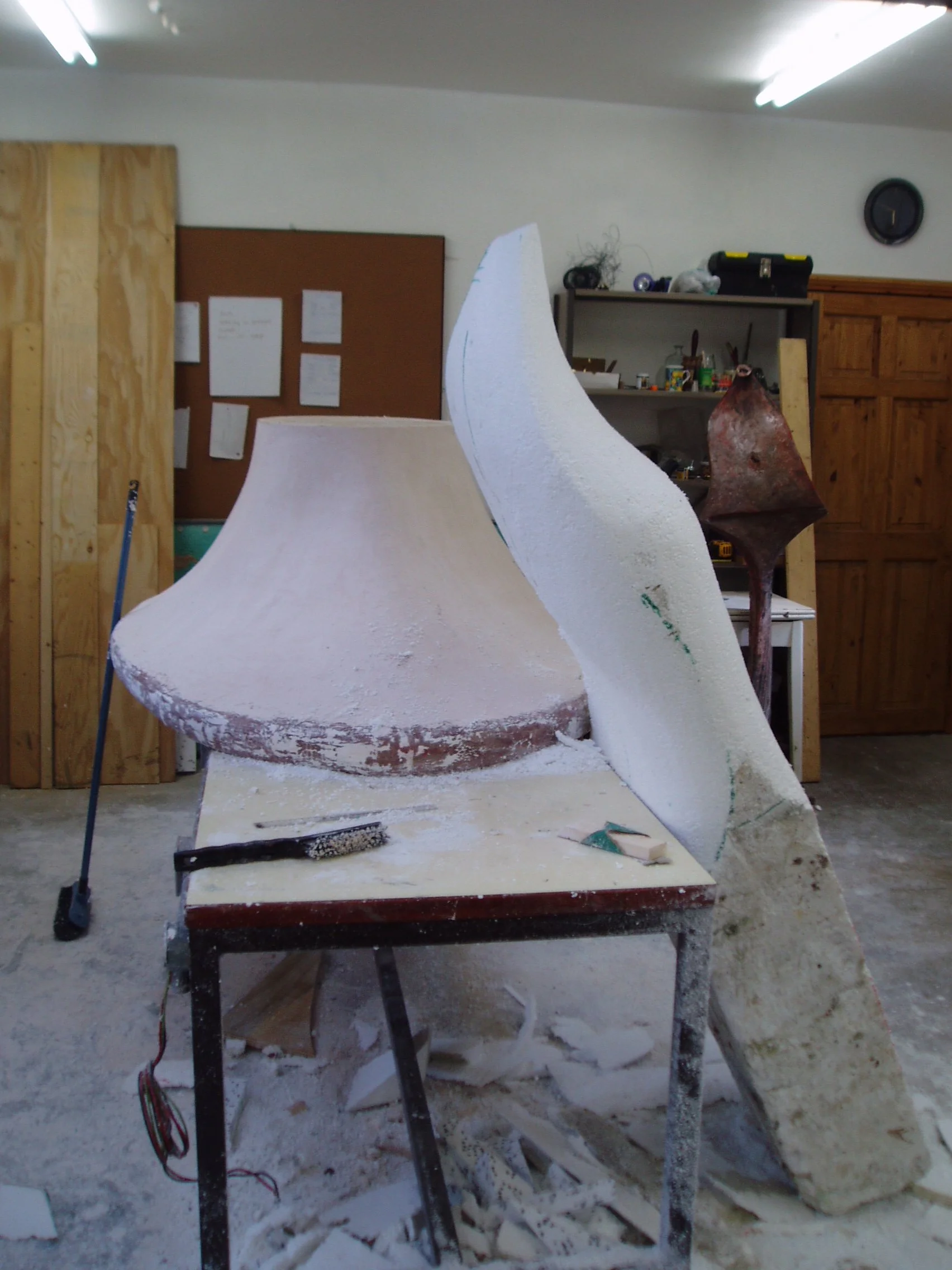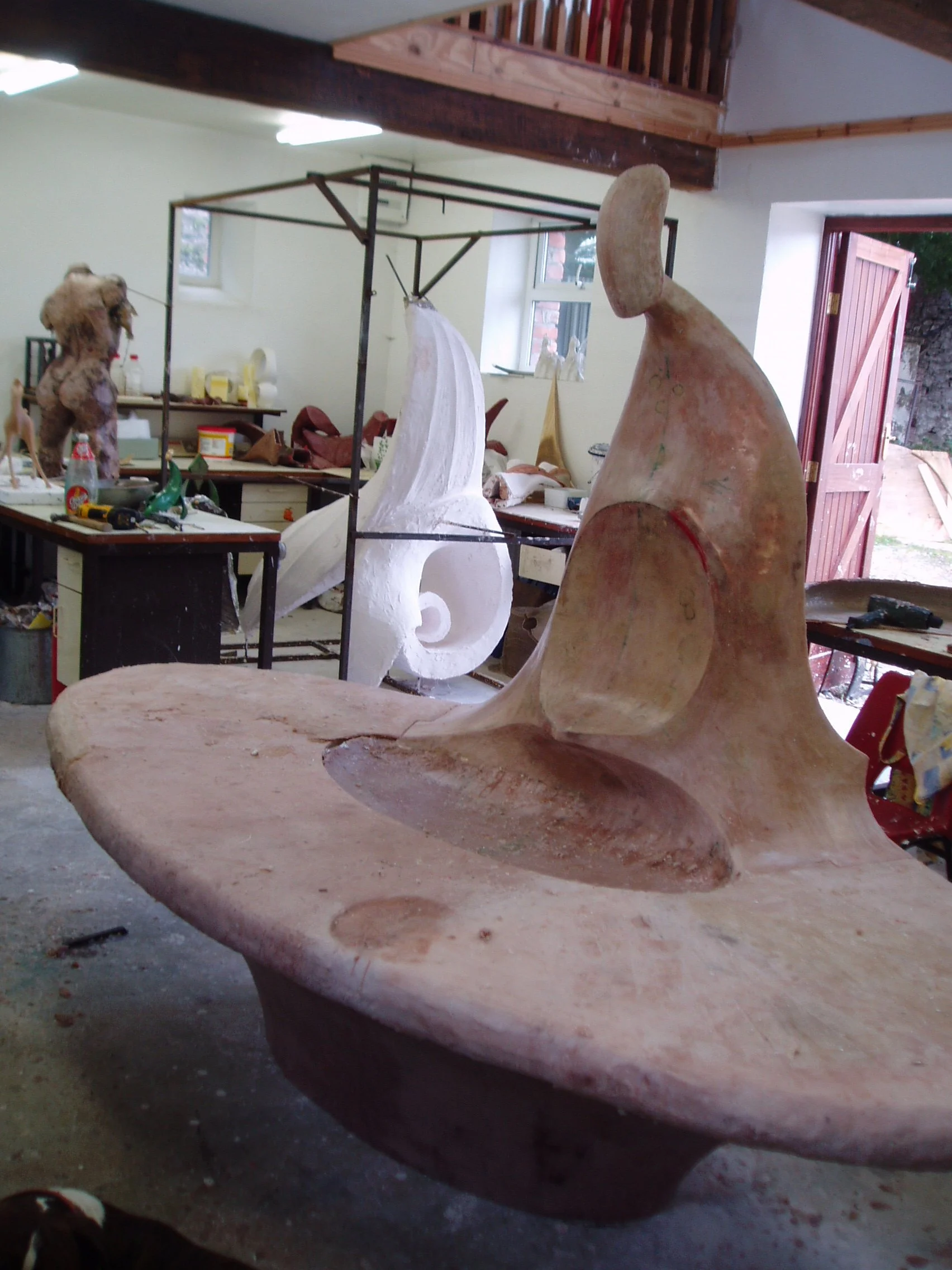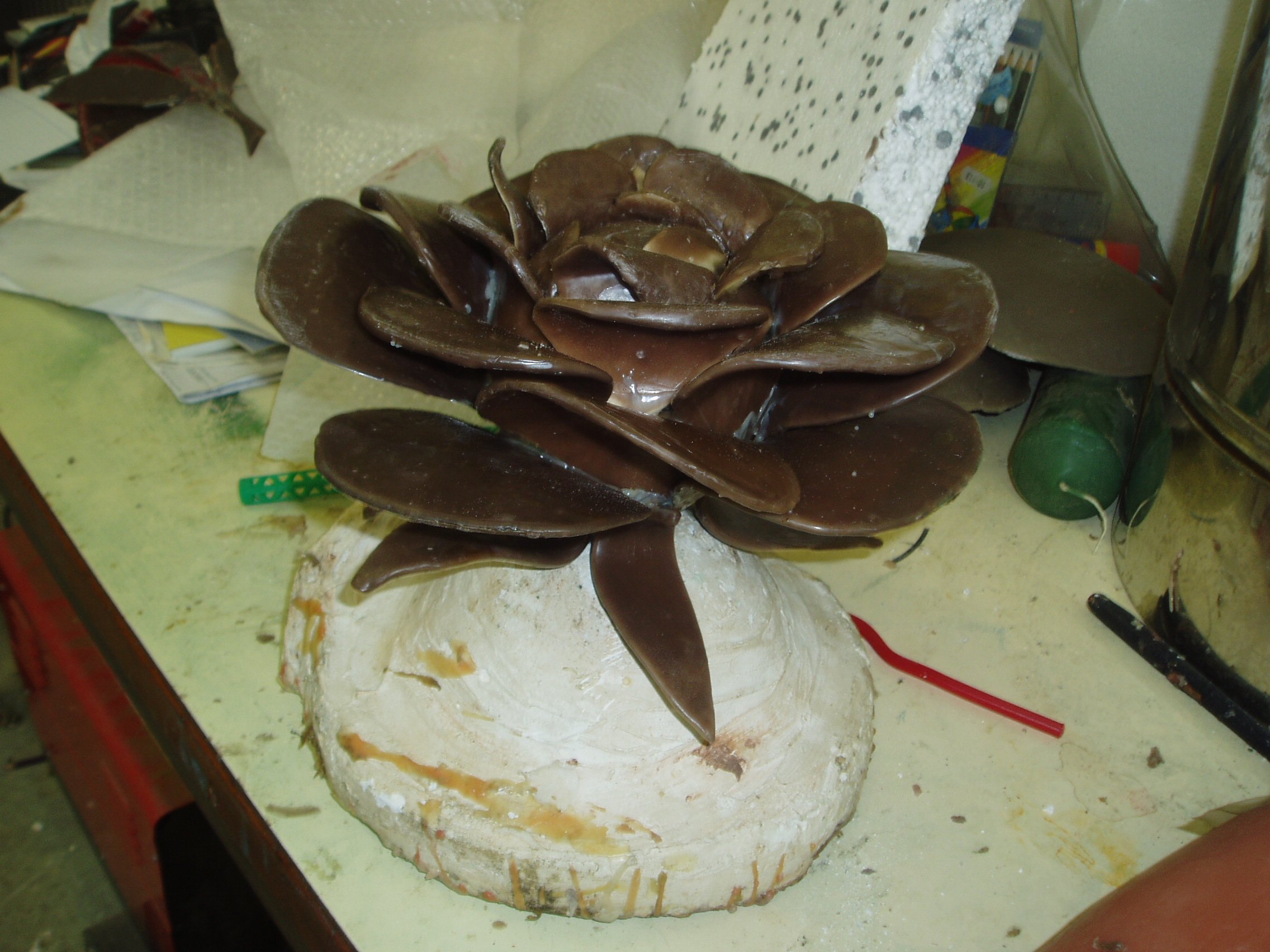
The Process
Lost wax bronze casting method
Bronze is the most lasting of all mediums through which artistic creation is expressed. Its beauty is enhanced with age. The “lost wax” method is a complicated process involving much interaction between the sculptor and the foundry.
-
After several preliminary sketches or moulds the artist completes her original creation, usually in clay or wax. However other materials such as terracotta, plaster, or even wood or stone may be used. If the work is created in any material other than wax a rubber mould is made. Wax is brushed or poured into the rubber mould and a positive copy in wax is produced.
-
When the wax has hardened, the artist removes the wax from the mould and refines or “trues” the piece. However, if the art is created in wax these stages are not necessary. Wax tubing is attached to the wax at various points to serve as air vents and “gates”. These gates will eventually provide access for molten metal.The wax figure is then dipped into the “slurry” mixture which resembles a thin cement and is then coated in a special sand. This step is repeated many, many times until a thick coating has built up around the wax . This process is called ceramic shell.
-
The cement-like mould is then put into a hot kiln (2200 dergees) where the wax sculpture is melted away (lost) and a perfect imprint is left within the cement-like mould. Molten bronze is then poured into the negative mould. The excess bronze flows into the air vent tubing.
-
When cool, the ceramic shell mould is chipped away, leaving behind the bronze casting. Normally a large sculpture is cut into several pieces in the wax stage and welded together in the finished bronze. Sandblasting, grinding and polishing follow
If a patinated finish is required the sculpture is reheated and a patina is applied by hand. The patina is similar to the natural ageing process of oxidation, but accelerated through the application of different chemicals for different colours. Enamels and paints may be added when the sculpture is cold.After the desired colouration is obtained, the bronze is then waxed or sometimes varnished to preserve the colour the artist intended.







































